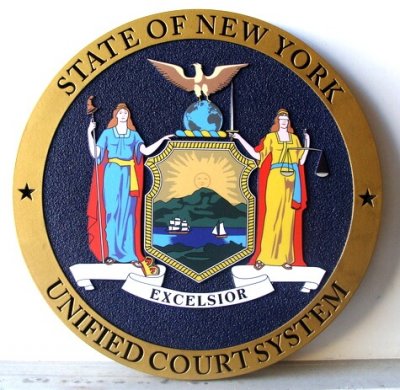Note: See SmartRules Guides for up-to-date information on counterclaims in the New York Supreme Courts.
Use this guide to learn the rules applicable to a counterclaim in the New York Supreme Court. For a more detailed treatment, including up-to-date local rules, please see the SmartRules New York Supreme Court Counterclaim Guides.
Timing
A counterclaim is initiated upon service of the pleading containing it and is subject to the same statute of limitations provisions found in Article 2 of the Civil Practice Law and Rules.
Notwithstanding the expiration of time under the statute of limitations, if a counterclaim was not time-barred at the time the original complaint was filed, it may be asserted during the pendency of that action.
A counterclaim that was time-barred at the time the original complaint was filed may nonetheless be asserted during the pendency of that action if the counterclaim arises out of the same facts and circumstances alleged in the complaint. Such counterclaims can be pursued only to the extent of the demand within the complaint.
A counterclaim presented in an amended pleading is treated as though presented in the original pleading for statute of limitations purposes.
The time in which a counterclaim may be asserted is computed from the time when the underlying facts and circumstances became known or reasonably should have become known. This provision does not apply to claims governed by UCC Article 2 or to medical and dental malpractice claims.
A reply to a counterclaim must be served within twenty (20) days of service of the pleading containing the counterclaim.
Counterclaim Rules
A counterclaim can be filed by any defendant or person a defendant represents against any plaintiff or person a plaintiff represents, as well as additional persons alleged to be liable.
A counterclaim may assert any claims the counterclaimant has against the plaintiff, regardless of whether those claims are related to the subject matter of plaintiff’s action.
Where a counterclaim raises claims against a person not yet party to the action, he or she must be served with a summons and answer containing the counterclaim, whereupon he or she becomes a party to the action.
Caselaw establishes that any counterclaim may be asserted in a responsive pleading or a separate action. Unlike in federal practice, there are no compulsory counterclaims.
A counterclaim may be asserted by a third party defendant.
In an action originally brought by a trustee as plaintiff, counterclaims may only be asserted against the party beneficially interested in the plaintiff’s action, and only to the extent of the claims asserted in the plaintiff’s action.
All of the pleading rules applicable to complaints also apply to counterclaims.
Additional Requirements
SmartRules Counterclaim Guides cover additional requirements, including:
Verification;
Demand for Relief;
Special Requirements;
Form & Format of Papers;
Additional Documents;
Electronic Filing & Service.
SmartRules Guides
SmartRules has 764 New York Guides. Here are just a few:
Originally posted October 23, 2015


